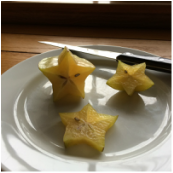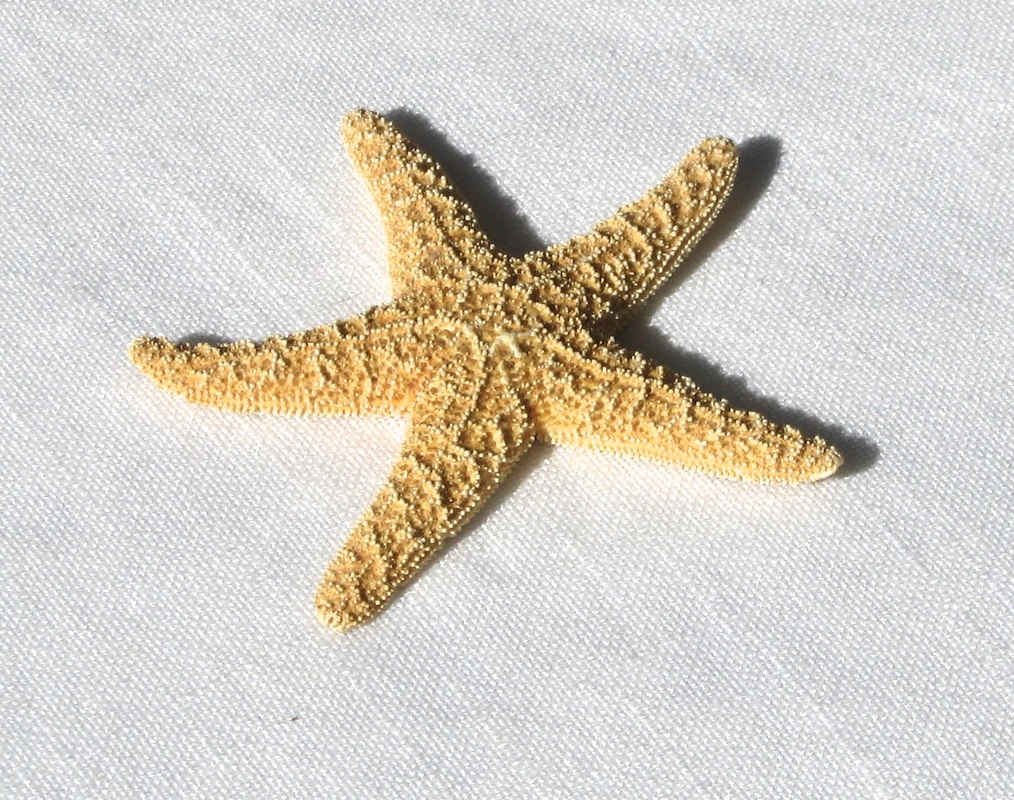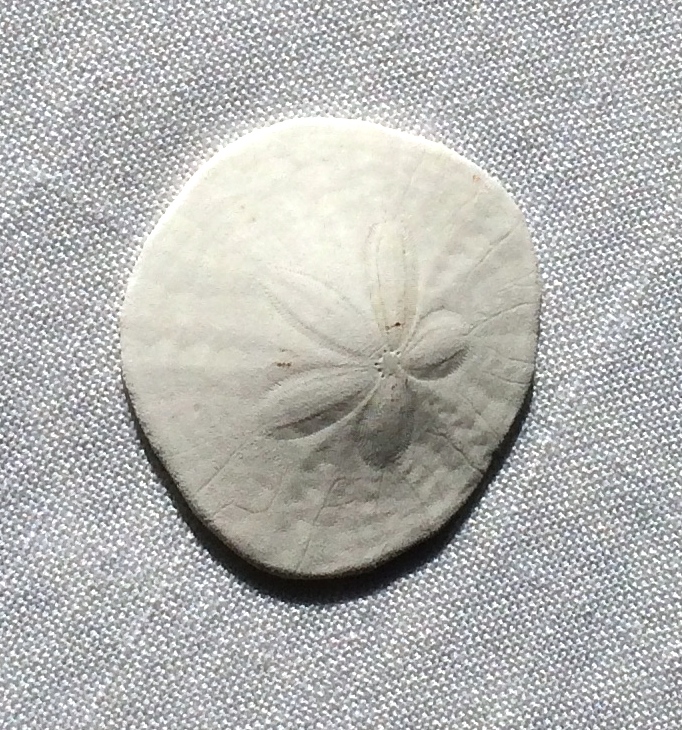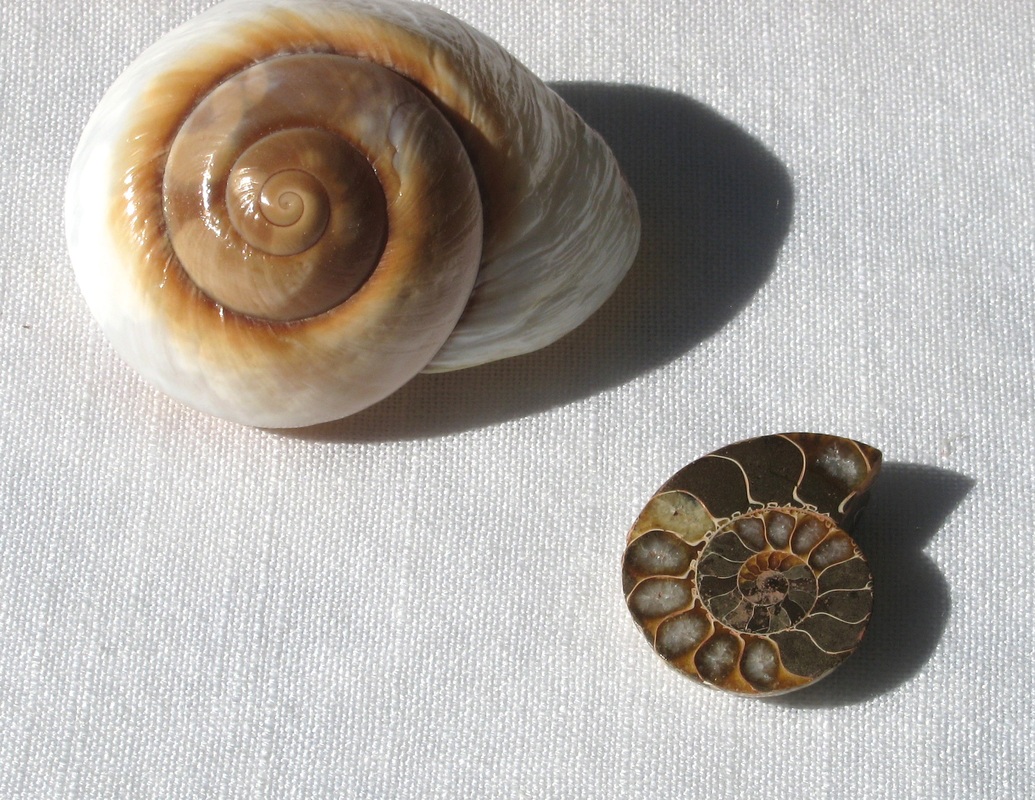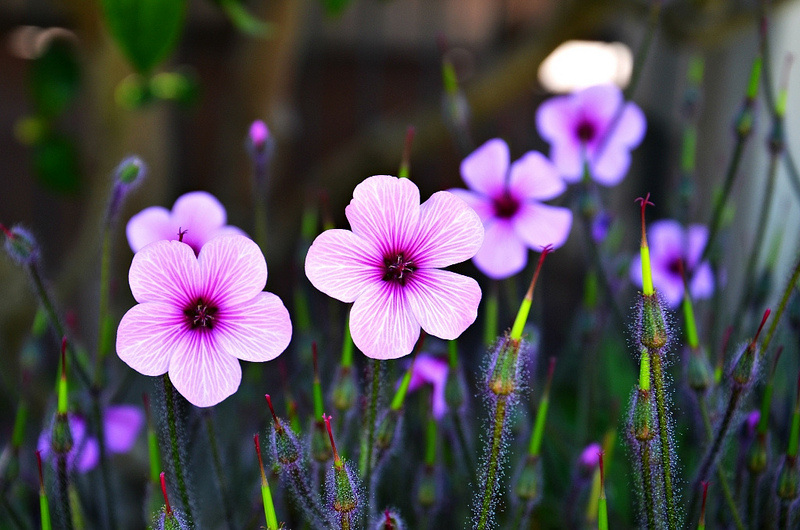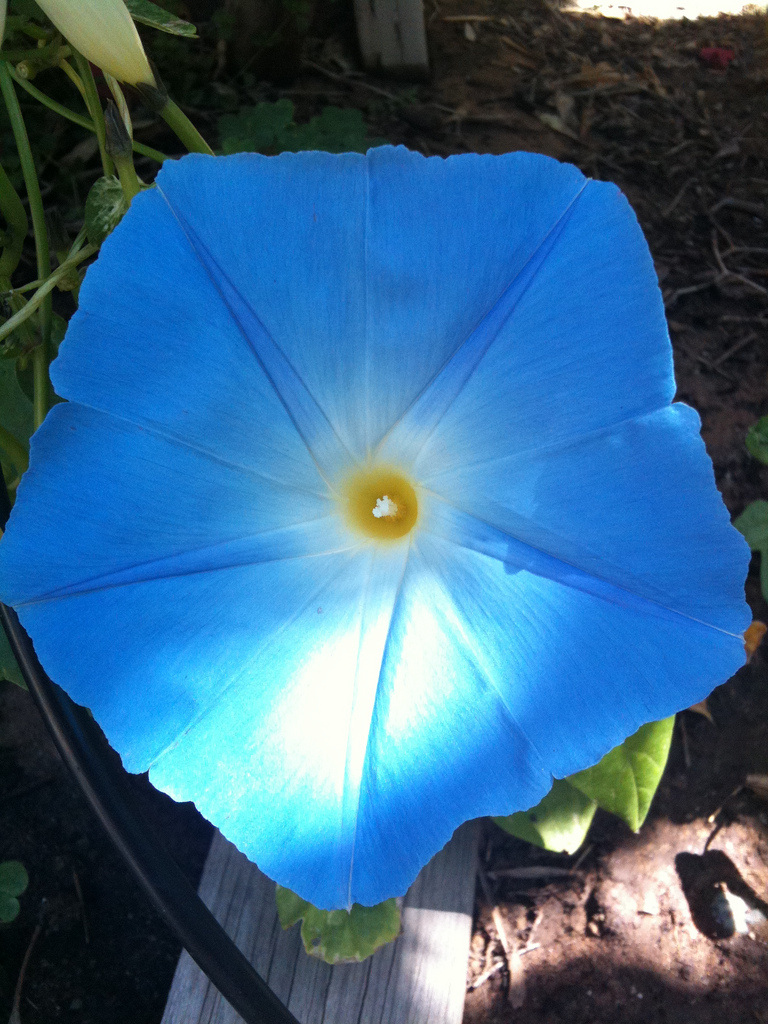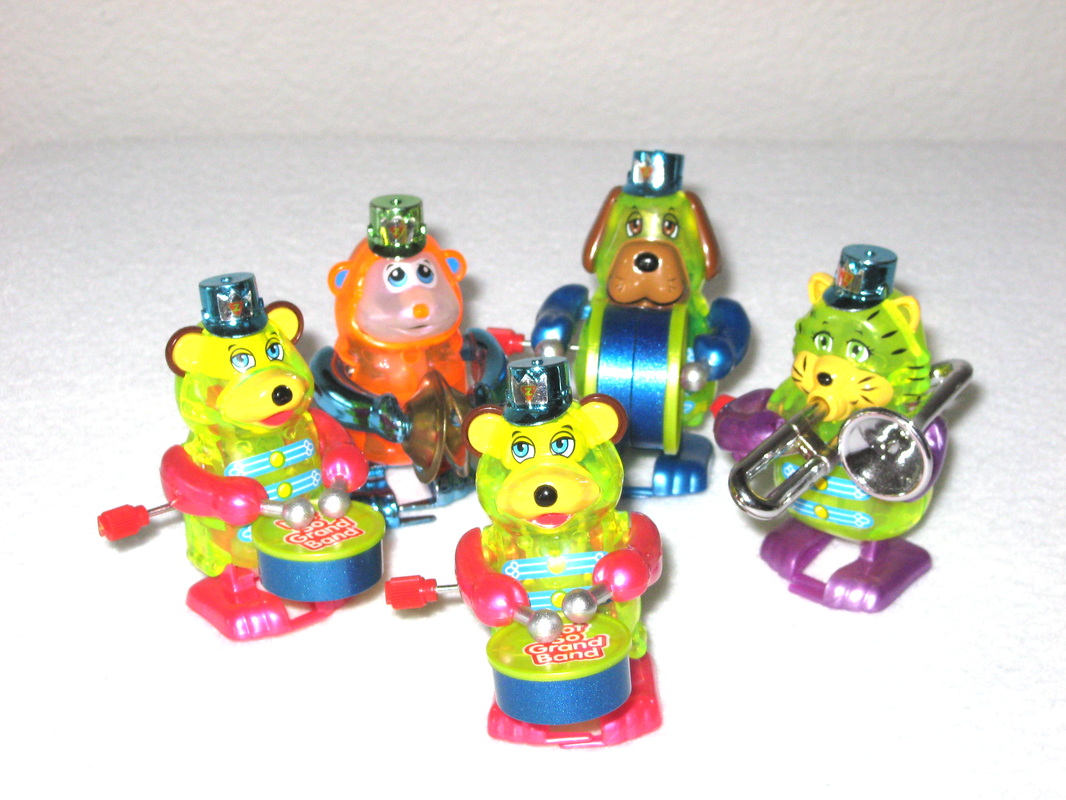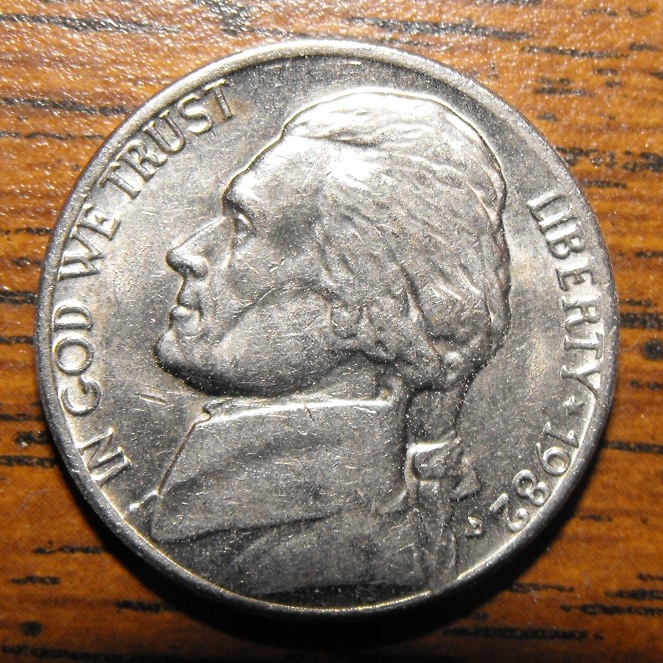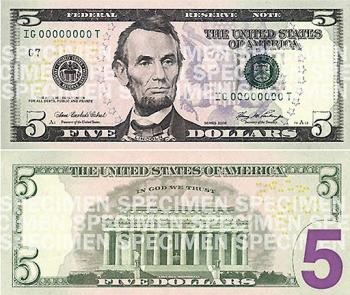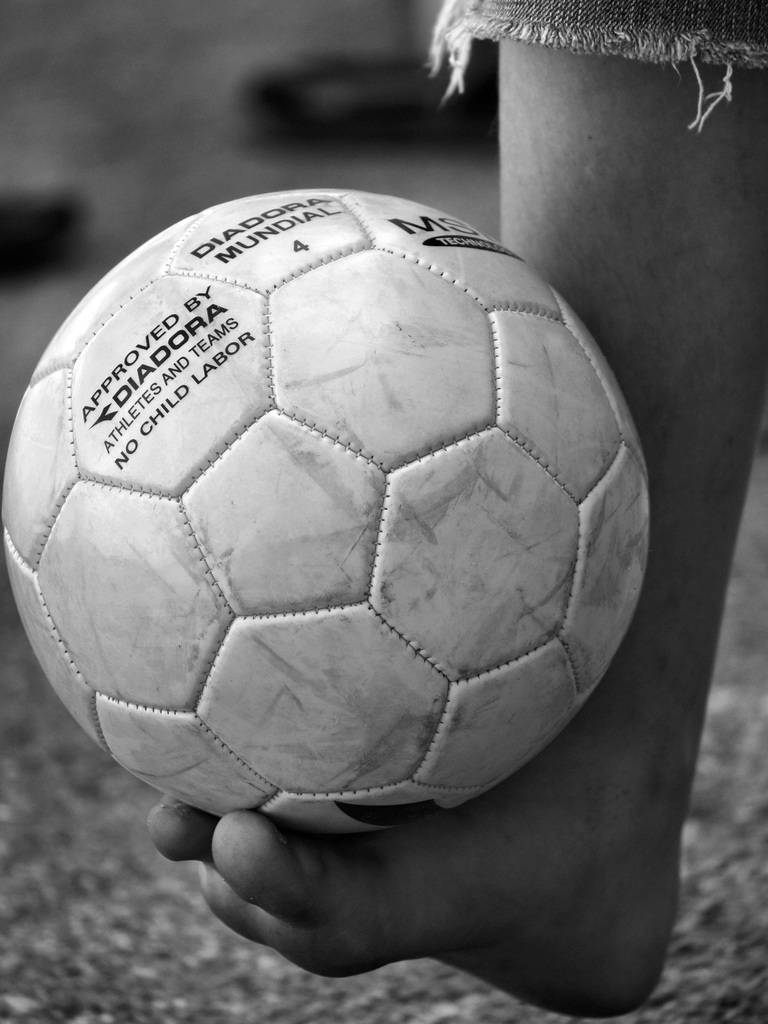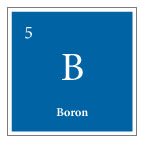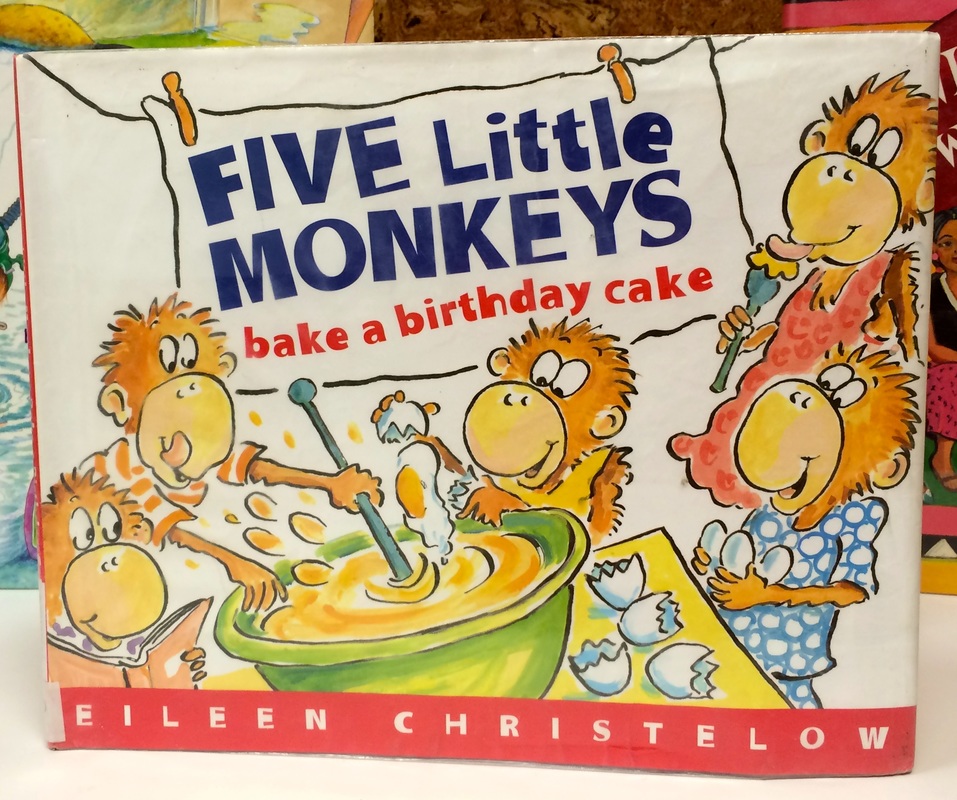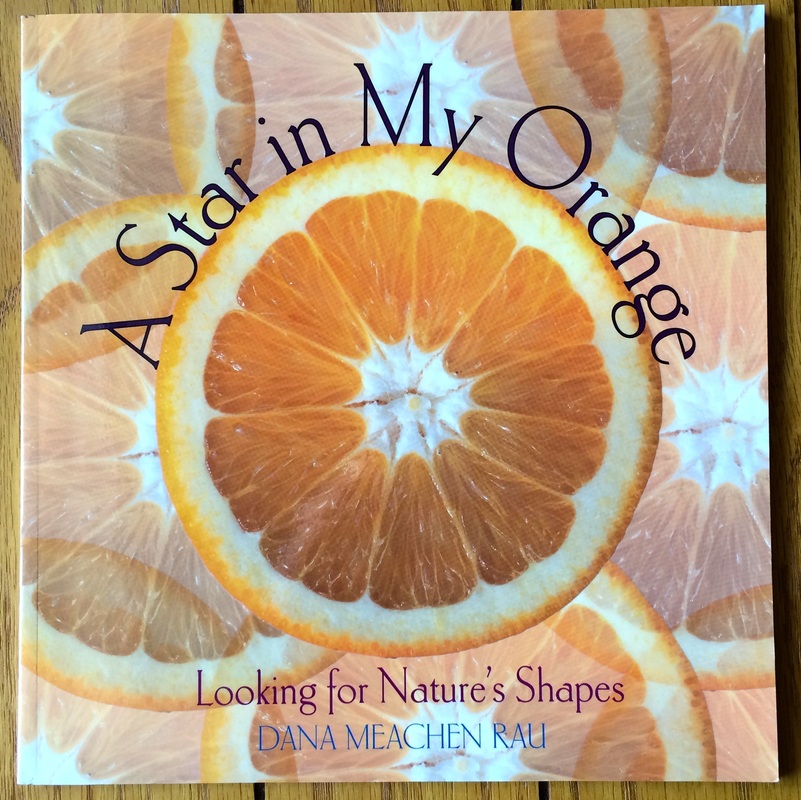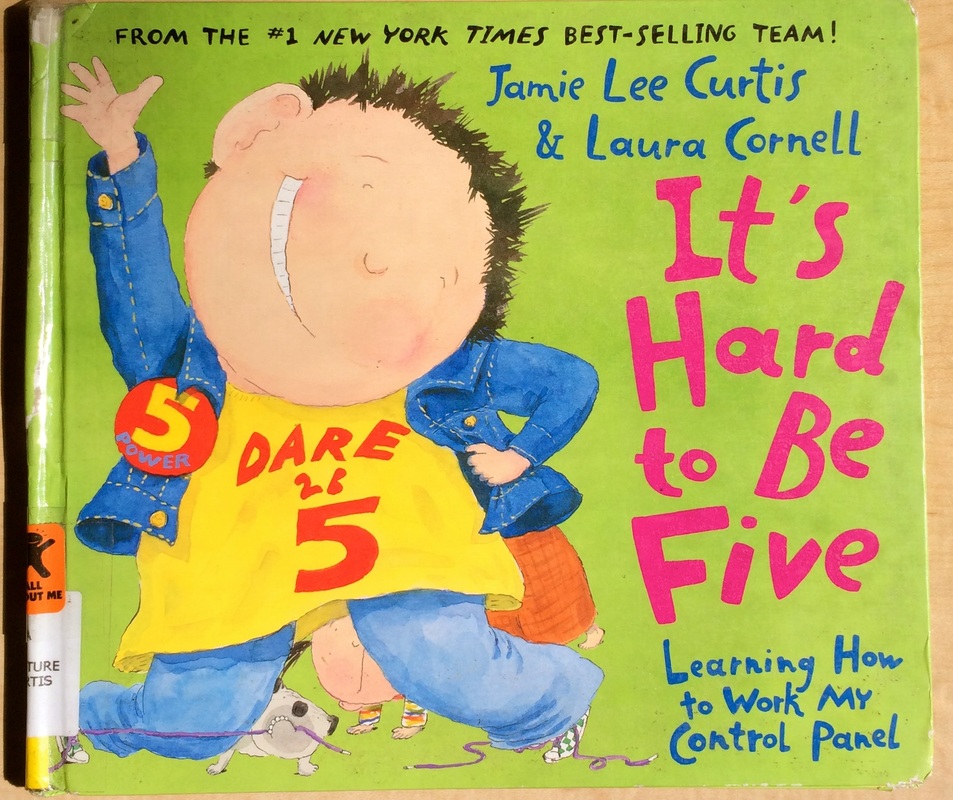| SNAP-Scaffolding for Numerical Synapses |
FIVE
OBSERVING FIVE WITH YOUNG CHILDREN
Observing five includes exploring geometric expressions of five, i.e., pentagons, pentagrams; polyhedrons such as a
pentagonal pyramid, a pentagonal prism, a dodecahedron; and a spiral. *
pentagonal pyramid, a pentagonal prism, a dodecahedron; and a spiral. *
|
INTRODUCTORY ACTIVITIES
LIFE SKILLS
SENSORIAL EXPLORATION
MATH
LANGUAGE
CULTURE
History and Timelines
Art and Music
Science
Astronomy
Botany/Zoology/Human Body
ADDITIONAL ACTIVITIES
* “At first, the spiral doesn’t appear to be pentagonal, but wherever you see a star you will find a spiral rolled within it.” Michael S. Schneider, A Beginner’s Guide to Constructing the Universe. (New York, NY: HarperCollins Publishers Inc., 1994), 139. |
|
